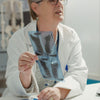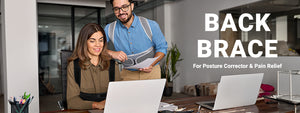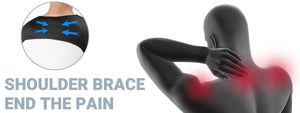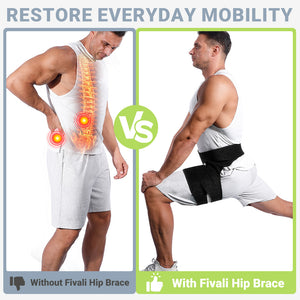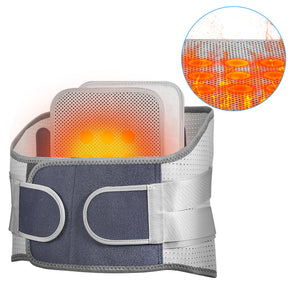What Is a Runner's Knee?

A common injury affecting runners and sportsmen is the runner's knee, sometimes referred to as patellofemoral pain syndrome (PFPS). It describes pain around the kneecap brought on by trauma or excessive activity of the knee joint. The definition, causes, available treatments, and preventive measures for knee running injuries are described in this article by Fivalifitness.
Definition
Runner's knee, commonly known as patellofemoral pain syndrome (PFPS), is a condition that causes pain around the kneecap (patella). It occurs due to inflammation, damage, or overuse of the joint that connects the thigh bone to the kneecap. All ages can be affected by the illness, but athletes—such as runners, basketball players, and soccer players—are particularly susceptible to it.
fivalifitness.com
Causes
There are several different causes of patellofemoral pain syndrome (PFPS), also known as runner's knee; however, most cases arise from a combination of factors. Typical causes include some of the following:
- Overuse: High-impact exercises, such as sprinting, jumping, and squatting, can cause PFPS due to the repeated strain they place on the knee.
- Muscle imbalances: PFPS may result from the weakening or tightening of the muscles sustaining the knee joint. For instance, a weak quadriceps may cause the kneecap to move erratically and rub against the lower portion of the thigh bone.
- Poor mechanics: During athletic activities, improper mechanics or alignment can place excessive strain on specific knee joint components, leading to PFPS.
- Trauma: A direct hit or fall on the knee can harm the bone or cartilage surrounding the kneecap, resulting in discomfort and swelling.
- Other factors: A running knee may also occur as a result of arthritis, flat feet, inappropriate footwear, or an abrupt increase in activity intensity.
Prevention
There are a number of ways to lower your chance of acquiring patellofemoral pain syndrome (PFPS), sometimes known as a running knee. Among these actions are these:
- Proper footwear: When running or engaging in other high-impact activities, wearing shoes with sufficient support, cushioning, and shock absorption can lessen the strain on the knee joint.
- Wearing a patellar band or knee brace: Using a running knee brace can help stabilize the kneecap and lessen joint stress when running.
- Correct form and technique: Using correct form and technique when exercising can help prevent PFPS and lessen stress on the knee joint.
- Strength training: Having stronger quadriceps and other surrounding muscles around the knee can help stabilize the joint and avoid PFPS.
- Cross-training: Changing the type of exercise one does can help reduce the risk of overuse injuries caused by repeatedly performing the same motions.
- Rest and recuperation: Allowing the body to rest and heal between exercise sessions reduces the risk of developing PFPS and prevents overuse injuries.
- A steady increase in activity: Gradually increasing the volume, duration, and intensity of physical exercise can help the body adjust to the demands made on it and guard against overuse issues.
fivalifitness.com
Reference
8 Exercises To Prevent Runner's Knee! - YouTube
Patellofemoral Pain Syndrome (Runner's Knee)
*Disclaimer
The information provided in articles written by Fivali is intended for educational and reference purposes only. The content on this website (www.fivalifitness.com) is not intended to diagnose, treat, cure, or prevent any disease. We do not recommend self-diagnosis or self-treatment based on the information provided in our articles. Always consult a qualified healthcare professional if you have any concerns about your health or well-being.
If you are experiencing any symptoms or discomfort, we strongly encourage you to seek medical attention from a qualified healthcare professional. Only a licensed healthcare practitioner can provide an accurate diagnosis and appropriate treatment plan tailored to your individual needs.
-
Posted in
Brace, Healthy Lifestyle, sports








